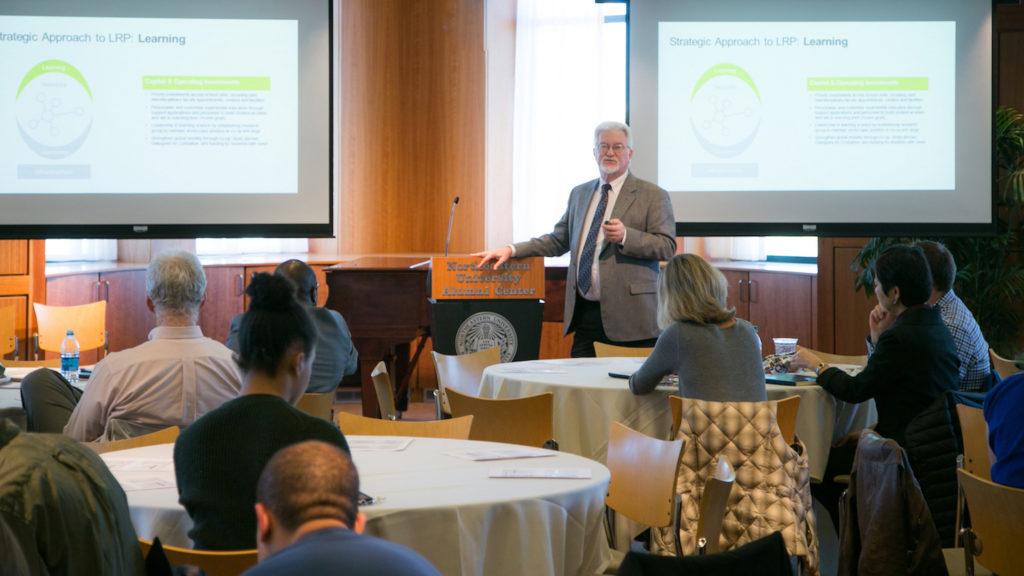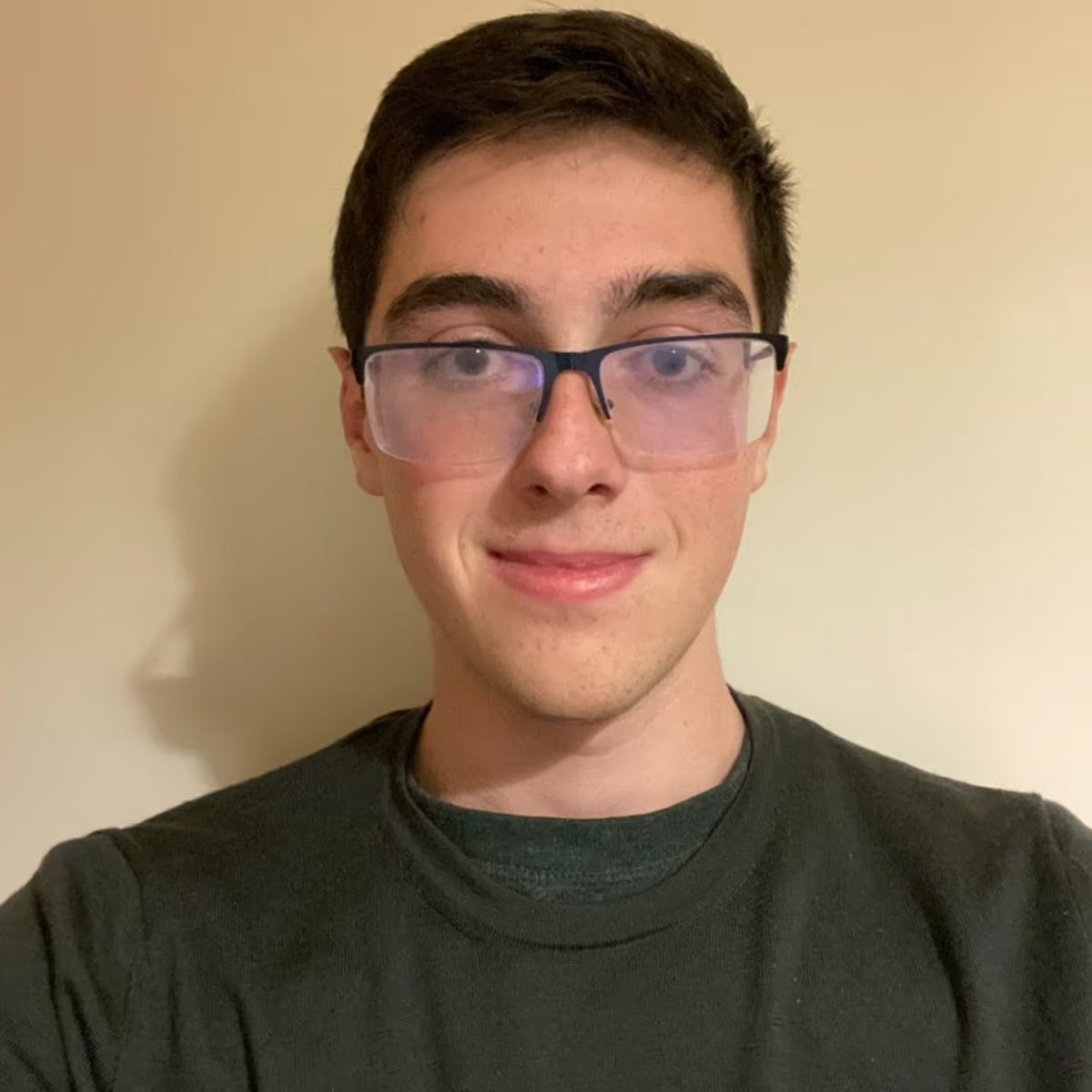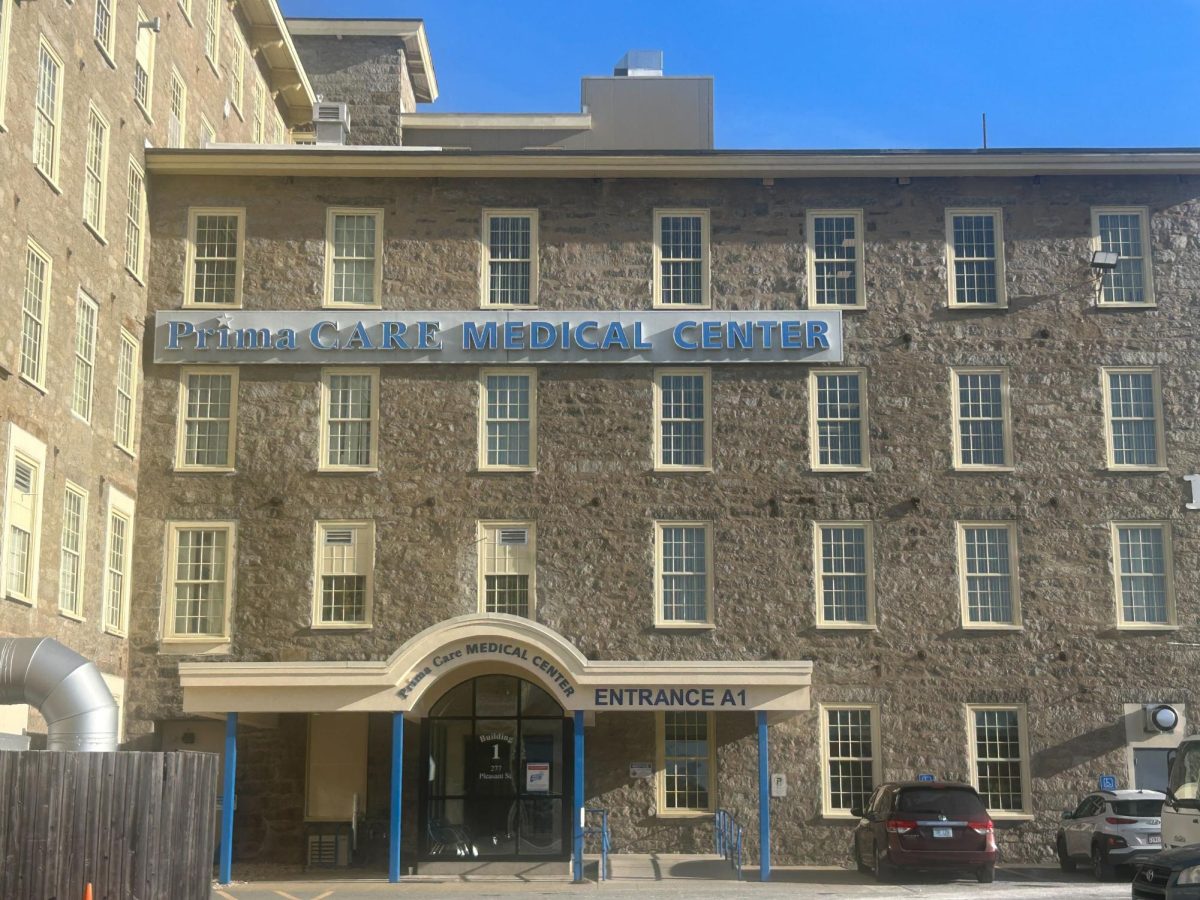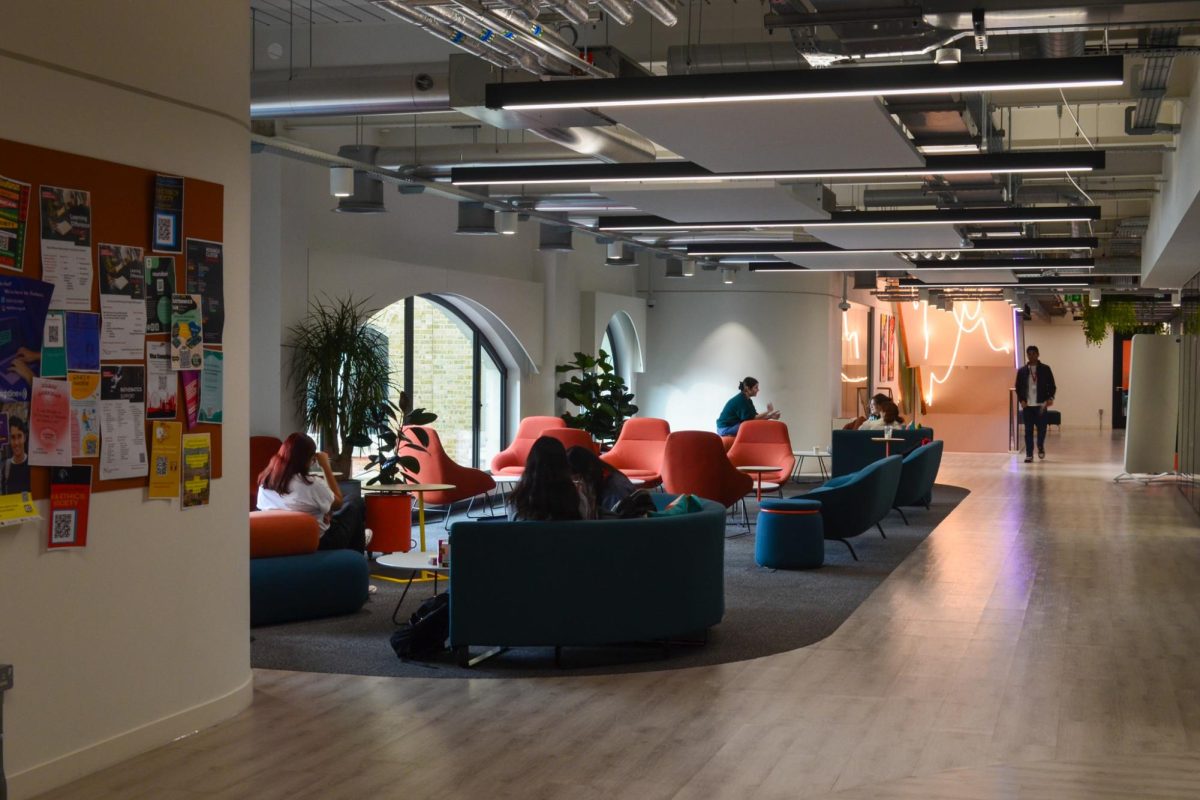By Alex Eng, news staff
Northeastern University Provost James C. Bean and Treasurer Thomas E. Nedell hosted a town hall meeting Friday in the Alumni Center with members of the Northeastern community to discuss the university’s long-term institutional plans regarding academic advising, infrastructure and new learning models.
Approximately 30 people, including students, academic advisors, residence directors and fundraising and curriculum administrators, attended the event. The meeting was the second town hall aimed at facilitating and organizing community feedback to Northeastern 2025, the new academic plan released in early October that presents a comprehensive vision for university development. Unlike the previous town hall held in Raytheon Amphitheatre on Oct. 26, students were invited to attend the event via email.
“What this is really about is developing a trajectory of things that need to be done,” Bean said at the town hall.
After a brief presentation of Northeastern 2025, participants broke off into focus groups of four to six people to review and comment on the plan. Some town hall members wanted to see how the university would use upgraded technologies and learning models to not only attract new students, but also retain current ones through experiential learning and academic counseling offerings.
Town hall participants spoke about a range of topics, including the plan’s proposals to create new metrics to track learning progress, incentives for innovation among students and faculty and an artificial intelligence-based academic advising app.
“I am most optimistic about the course selection process,” Students Against Institutional Discrimination (SAID) President Chelsea Canedy, a junior biology and political science major, said in an interview. “I feel students will have a lot more flexibility moving forward.”
This academic advising app would learn from students’ previous coursework, interests and grades to give tailored advice throughout the course selection process. It would also give notices on upcoming events and workshops related to the user’s career, giving Northeastern students counsel even after graduation.
Northeastern 2025 aims to reinvent Northeastern’s approaches to university networks, learning models and analytical methods. Some of the plans specifically aim to update the university’s infrastructure.
“We need to make sure that [the university] can keep up the pace,” Nedell said during calls to massively revamp infrastructure across Northeastern’s computers, software and data architecture systems.
Nedell also said the university needs to ensure that new facilities and resources, such as the “maker spaces” which house 3-D printers and collaboration tools in Snell Library, are accessible to everyone at all times.
In combination with new facilities, the plan’s approach to experiential learning would help distinguish Northeastern students among a growing pool of career-seeking college students, Bean said.
“[The plan] is part of our promise to graduate robot-proof students,” he said, adding that Northeastern wanted its graduates to have highly specialized skills in a world of increased automation.
Bean also said that Northeastern 2025 includes a new form of experiential learning for students that could be customized and personalized by each student’s unique and individual Northeastern experiences. Details regarding that customization are still being planned, but Bean was optimistic about its impact.
“It’s going to be something that Northeastern is really going to be known for,” he said.
Moving forward, feedback from this event, the first town hall and a meeting with the Student Government Association Senate will be compiled and organized for the plan’s architects to consider when implementing the complex vision outlined by Northeastern 2025.
The long-term plan has just begun its implementation phase, and the specific mechanisms for action that the university will take are still largely to be determined. Some things like ensuring diversity in the university community still needs to be addressed, Canedy said.
“Without tangible institutions and investments in resources, hiring [and] broadening the scope of the Office of Institutional Diversity and Inclusion, there is no way that diversity and inclusion can be ensured,” she said.
Photo by Jake Wang









